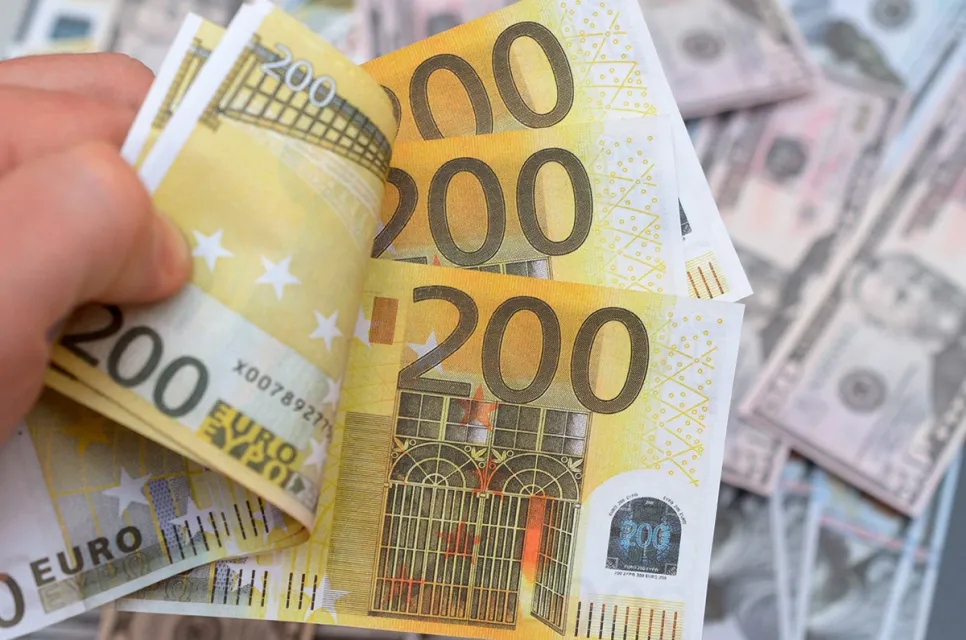New AI Regulations Signal Rising Compliance Costs for Telcos
Analysis from Omdia reveals that telcos need to take into account formal AI regulation issued by the EU and South Korea.

The average per capita purchasing power in Europe amounts to €18,768 in 2024, according to GfK. However, there are significant differences between the 42 European countries.
People in Liechtenstein, Switzerland, and Luxembourg have a much higher net income than in the rest of Europe while purchasing power is lowest in Kosovo, Belarus, and Ukraine. The big winner is the United Kingdom, which has moved up three places in the overall European comparison.
In 2024, Europeans have a total of around €12.9 trillion at their disposal to spend on food, housing, services, energy costs, private pensions, insurance, vacations, mobility, and consumer purchases. This corresponds to an average per capita purchasing power of €18,768, which represents a nominal growth of 3.9% compared to the revised values of the previous year. However, the amount that consumers actually have available for spending and saving varies greatly from country to country and also depends on how consumer prices develop in 2024.
As in previous years, Liechtenstein is once again in first place in the purchasing power rankings by a clear margin. Liechtenstein residents have a per capita purchasing power of €70,180, more than 3.7 times the European average. Switzerland and Luxembourg follow in second and third place. While the per capita purchasing power of the Swiss, at €52,566, is 2.8 times that of the average European, Luxembourgers have a net disposable income of €41,785 per capita. This is more than 2.2 times higher than the European average.
All other countries in the top 10 also have very high per capita purchasing power, which is at least 47%above the European average. The big winner is the United Kingdom, which moved up three places this year to seventh place with a per capita purchasing power of €28,086. Neighboring Ireland, on the other hand, has suffered major losses. After it was in the fast lane in the last two years and continued to improve in the rankings, it slipped six places in 2024 and thus out of the top 10. At €26,880 per capita, the Irish are in twelfth place and 43% above the European average.
This year, Austria has once again moved up one place and is now in sixth place with a per capita purchasing power of €29,266. New in the top 10 is the Netherlands, which is in tenth place with an average net disposable income of 27,558 euros per person. Overall, 16 of the 42 countries that have been analyzed are above the European average. On the other hand, 26 countries have below-average per capita purchasing power, including Spain, which is slightly below the European average at €18,013 per capita. As in previous years, Ukraine brings up the rear. People there only have €2,878 per capita at their disposal, which is just over 15% of the European average.
“At 3.9%, nominal growth in purchasing power in Europe is significantly more moderate than in the two previous years. At the same time, however, the inflation rate is also falling, meaning that at least the rise in consumer prices should be absorbed. Fortunately, the trend of countries with weaker purchasing power recording higher purchasing power growth is also continuing, which means that the purchasing power gap in Europe is continuing to close and incomes are slowly converging. Nevertheless, the differences between and within countries remain large in 2024,” commented Markus Frank, expert in NIQ-GfK’s Geomarketing solution area.